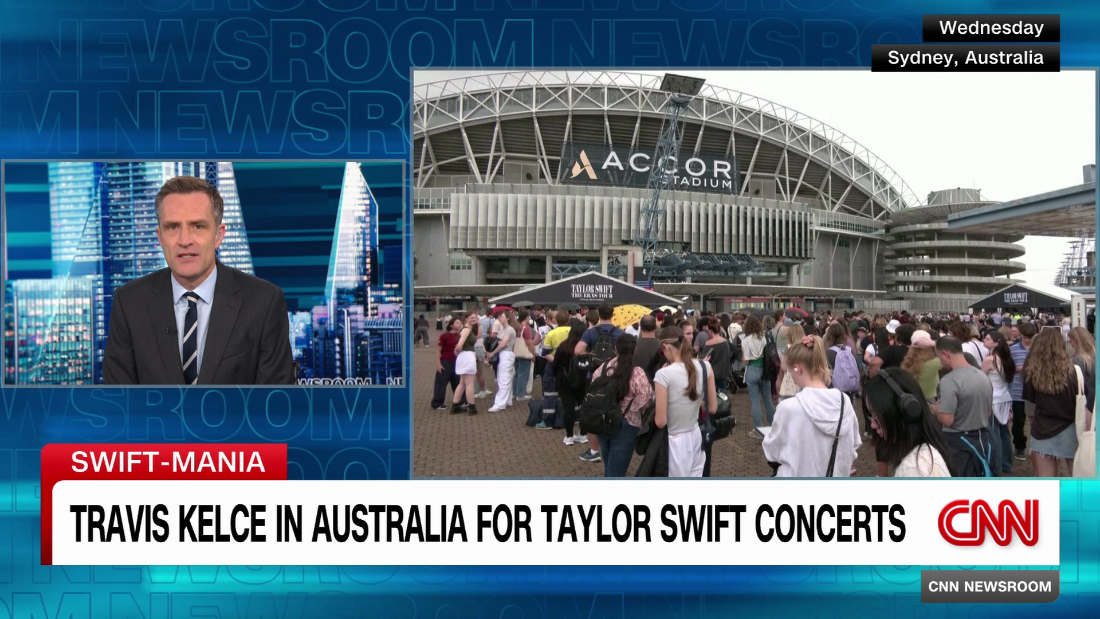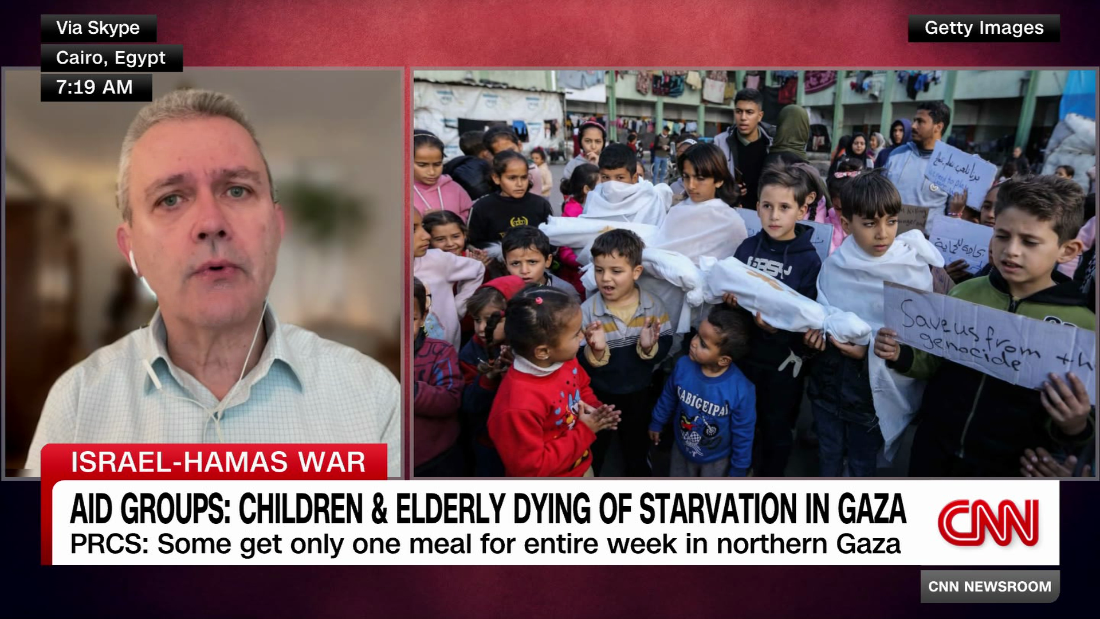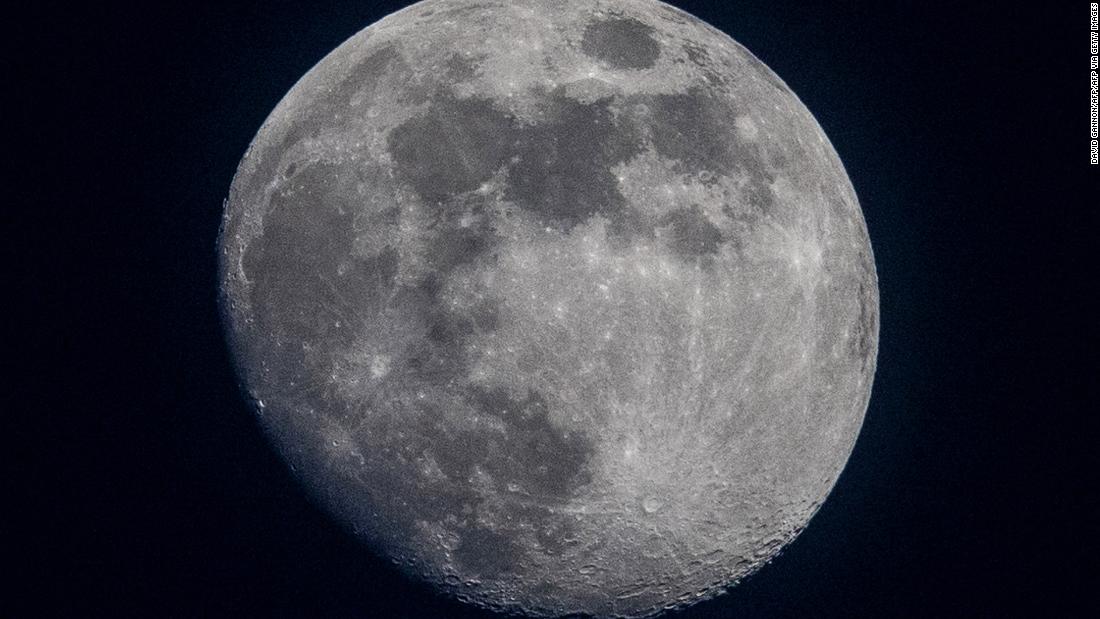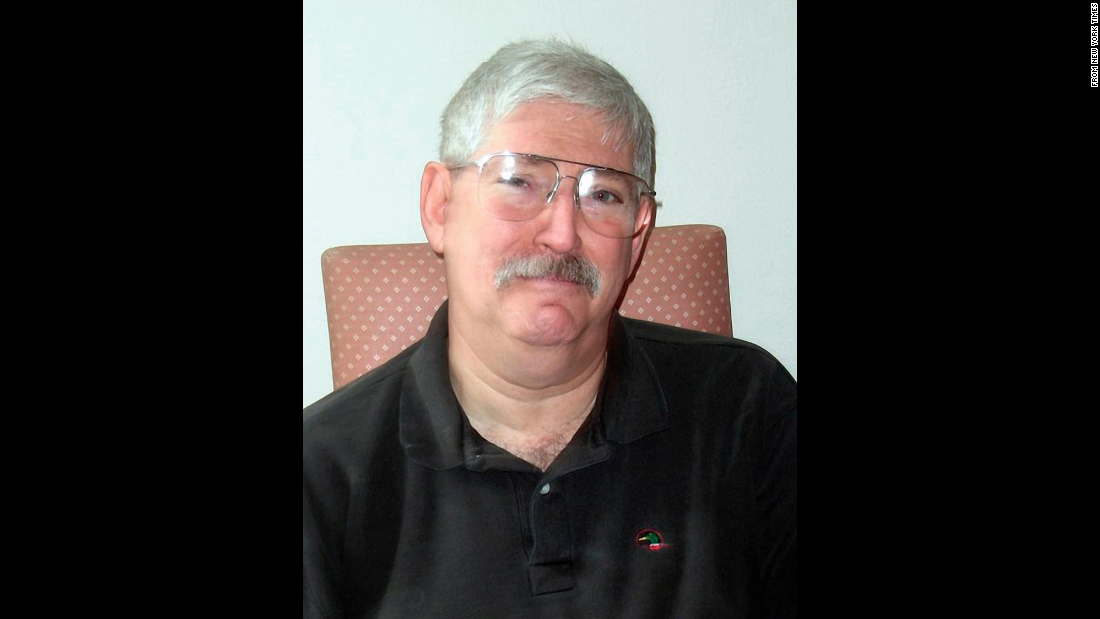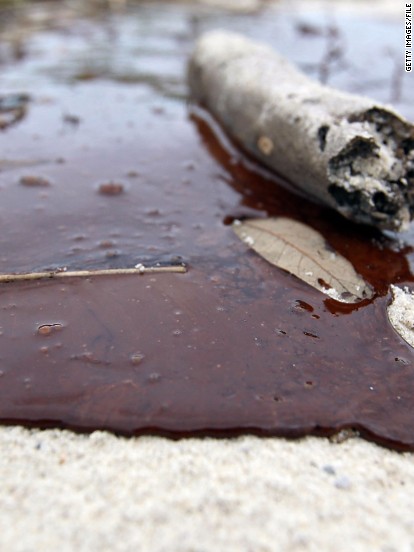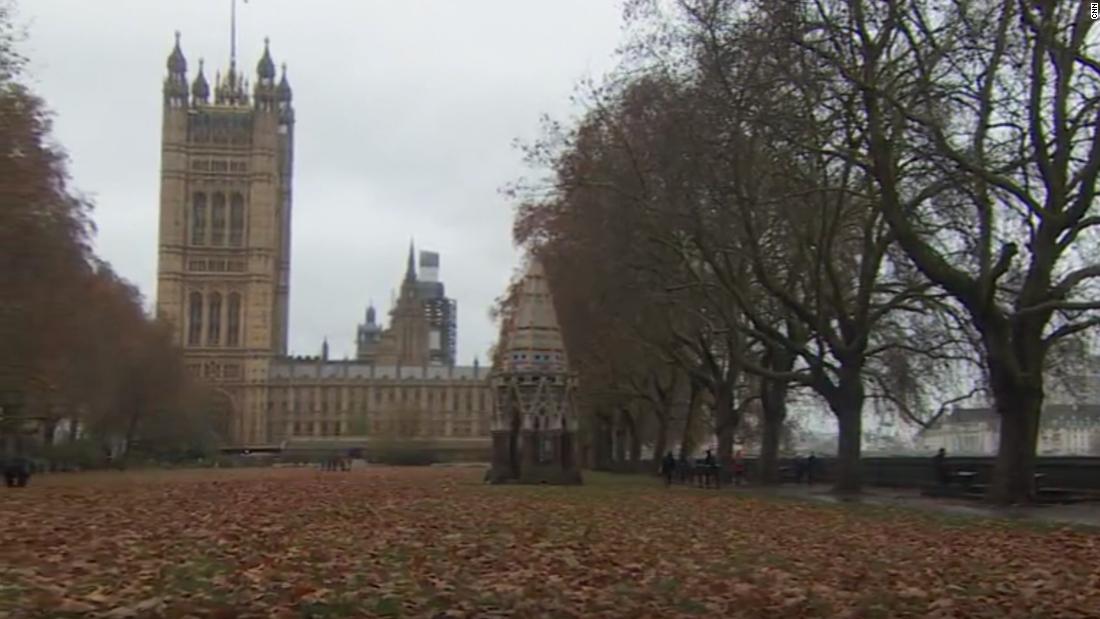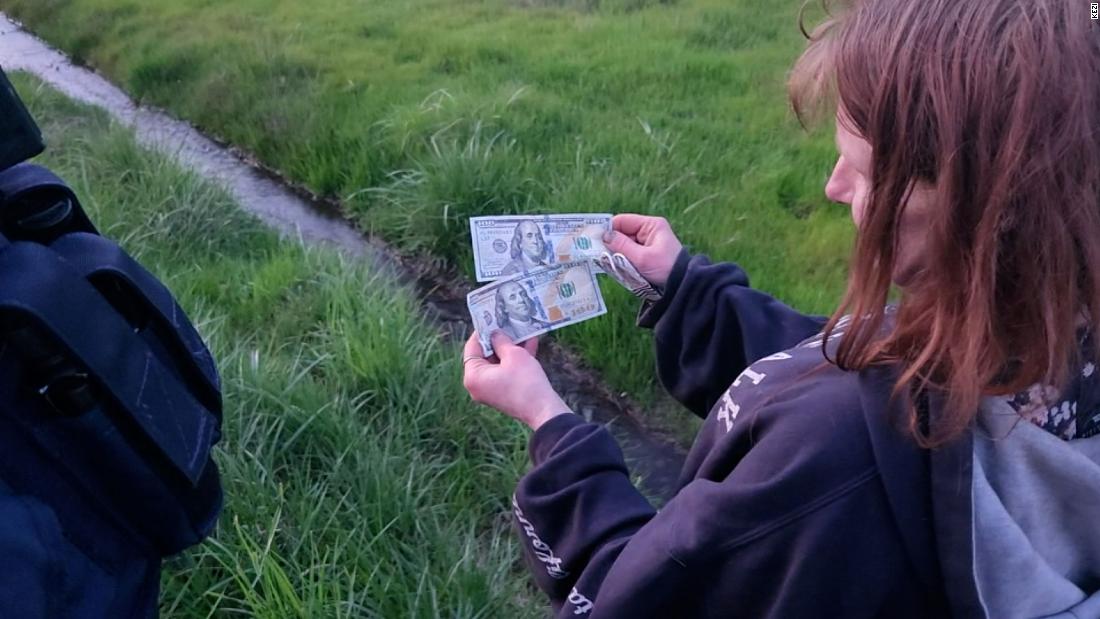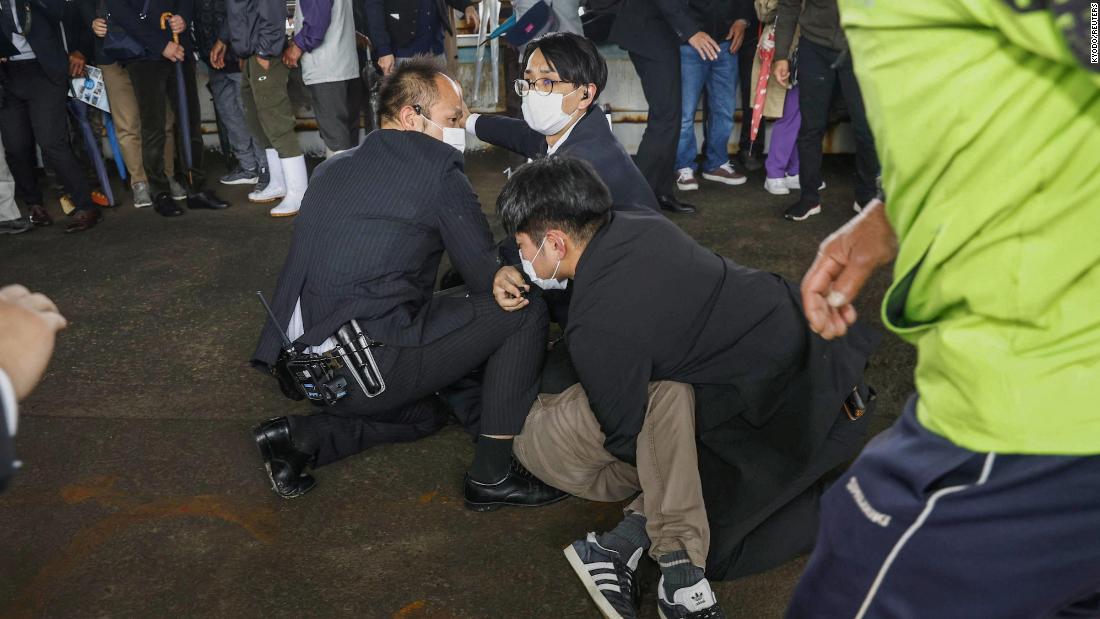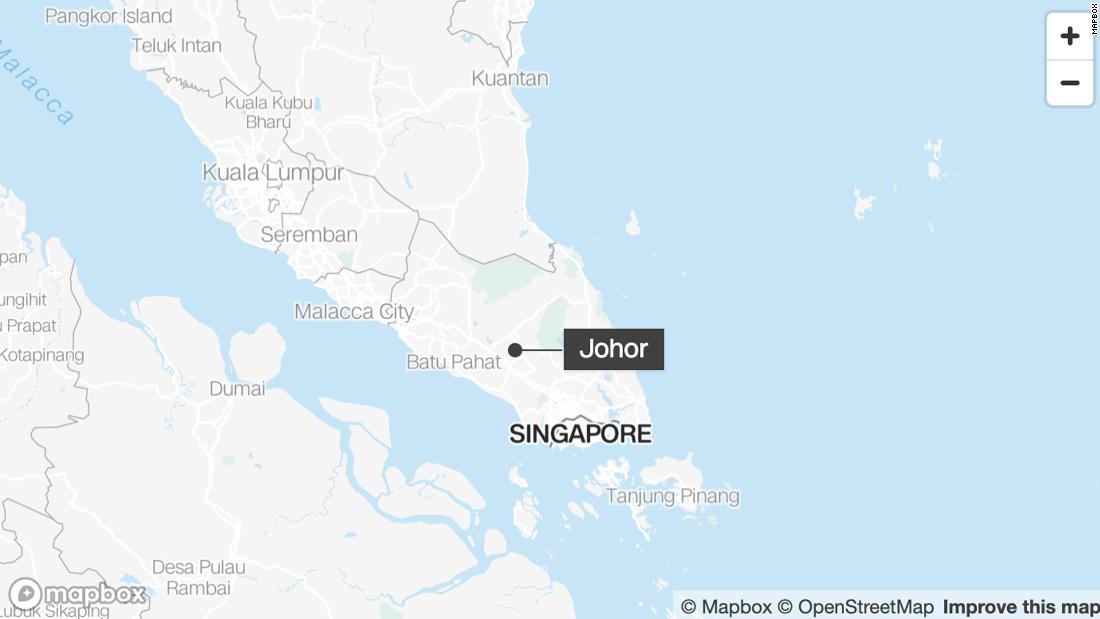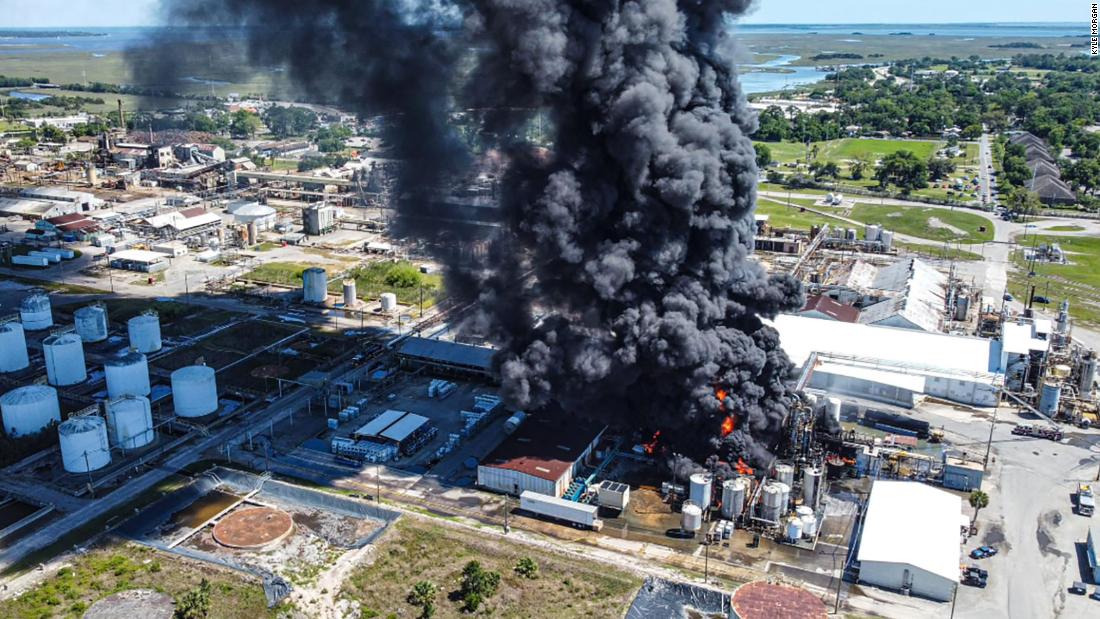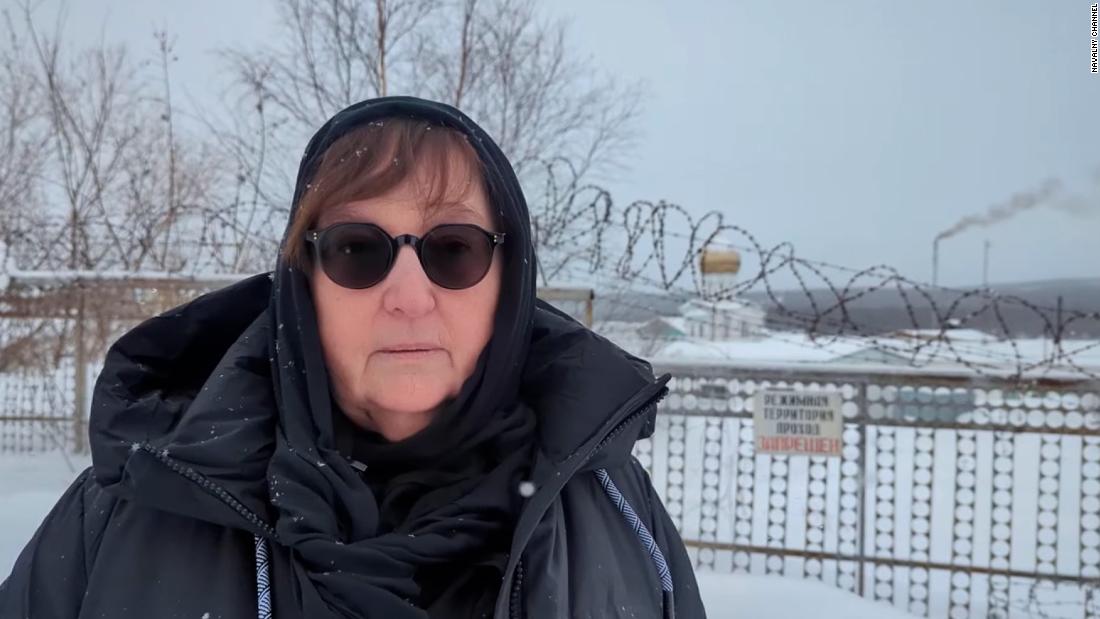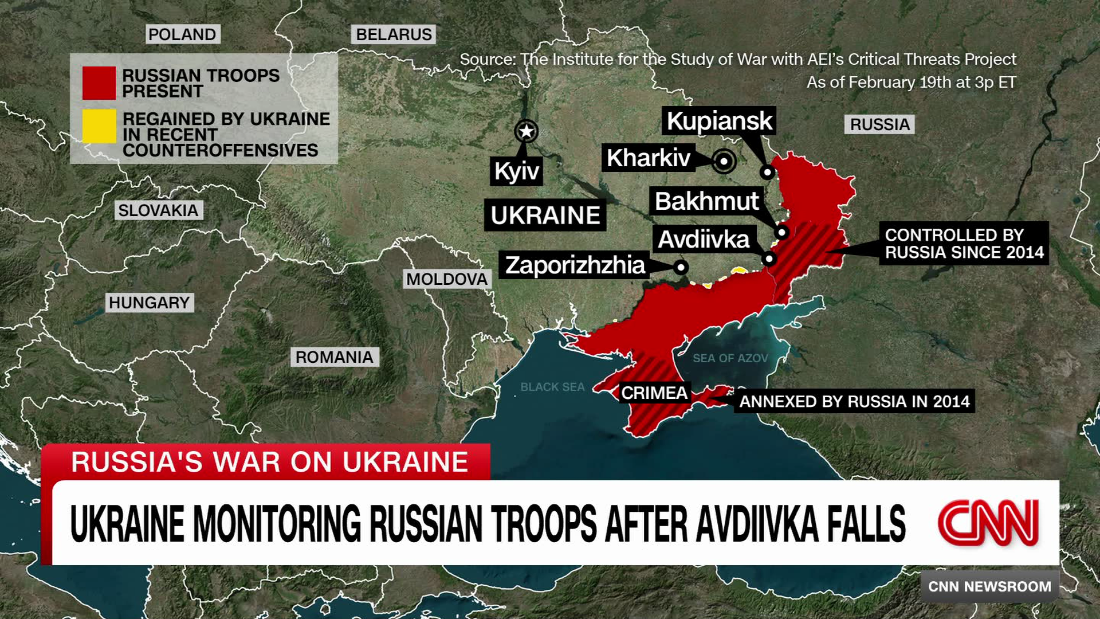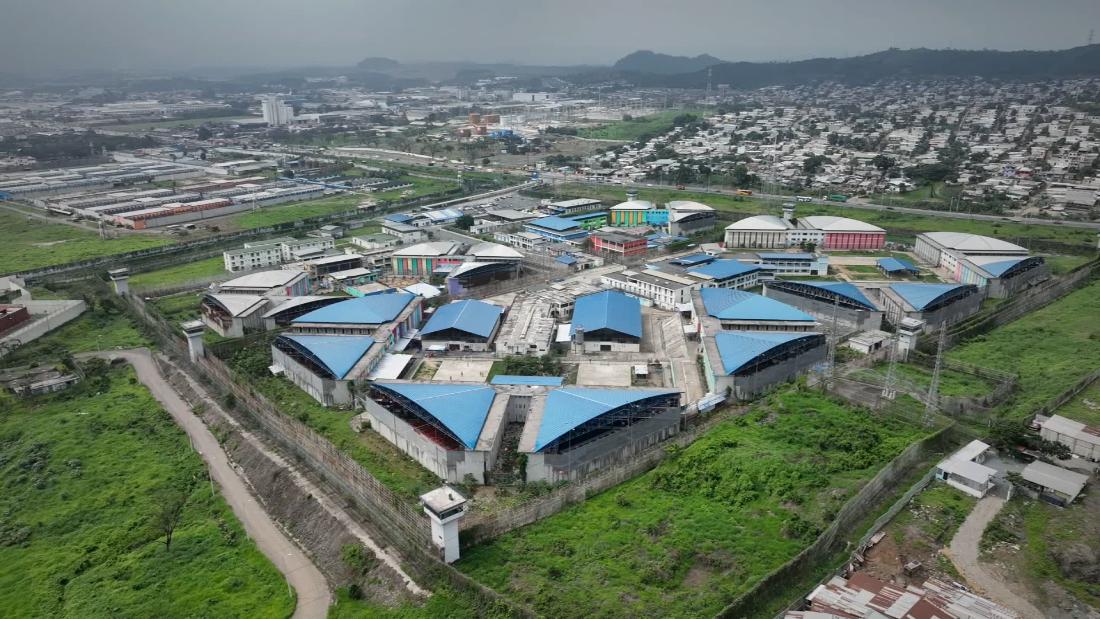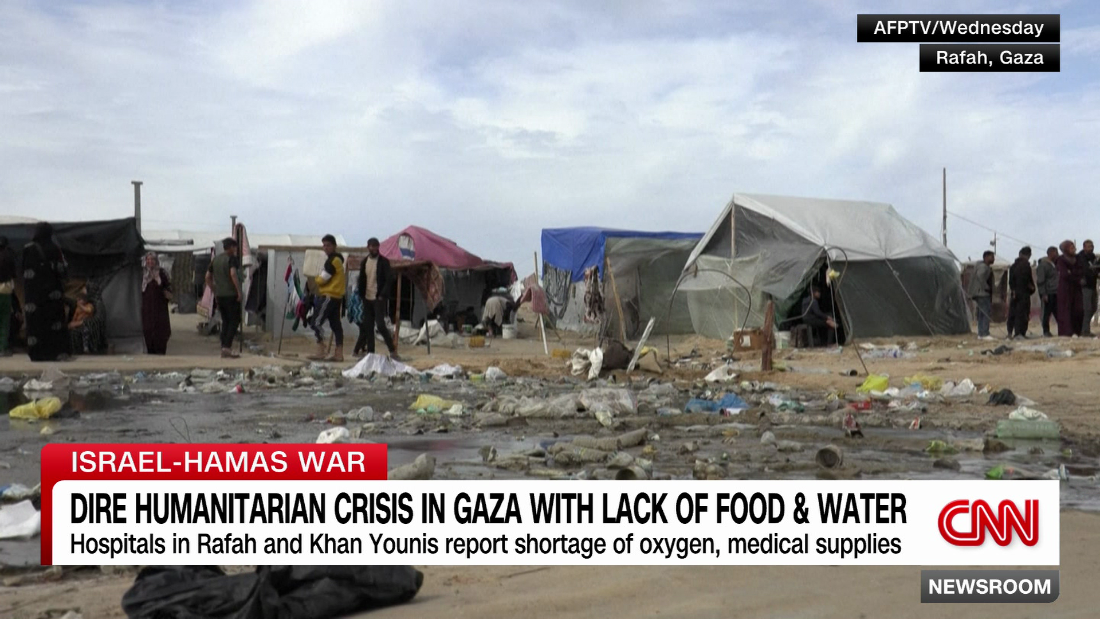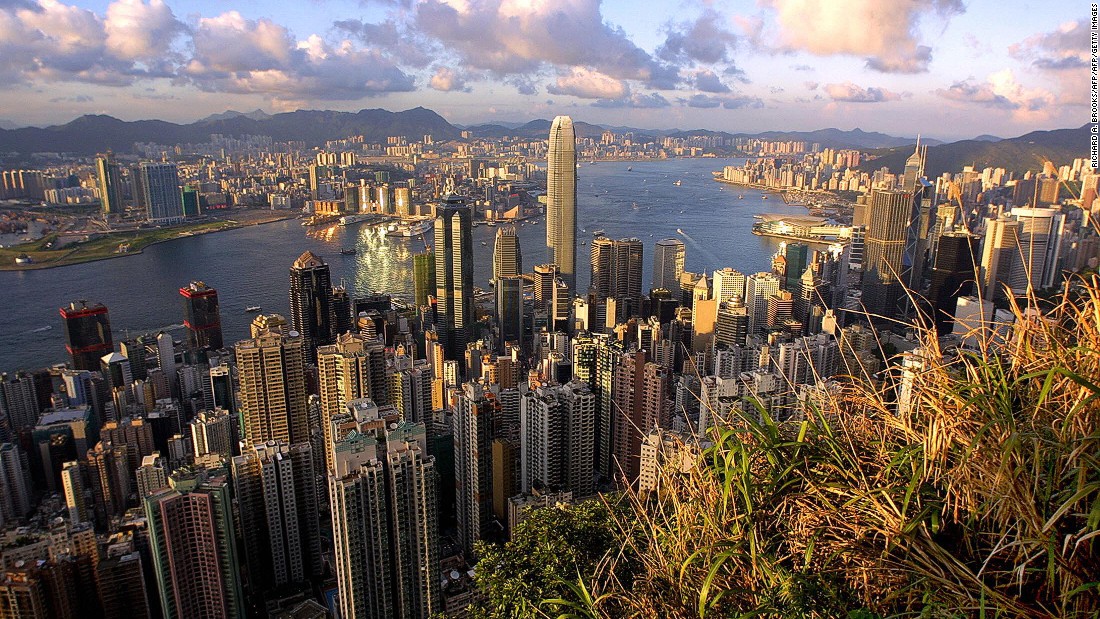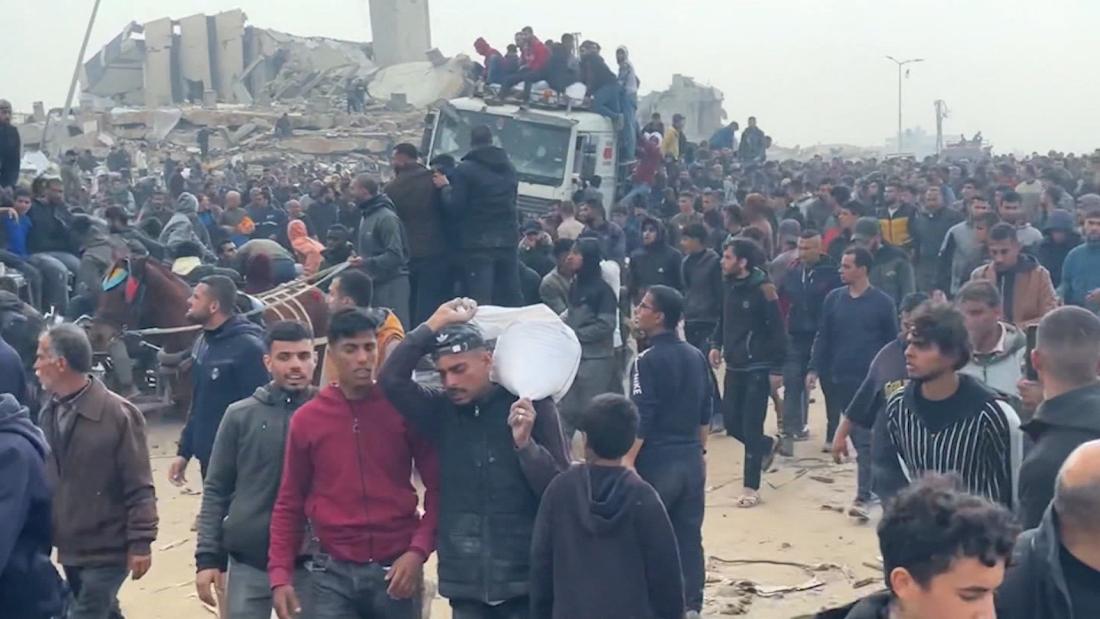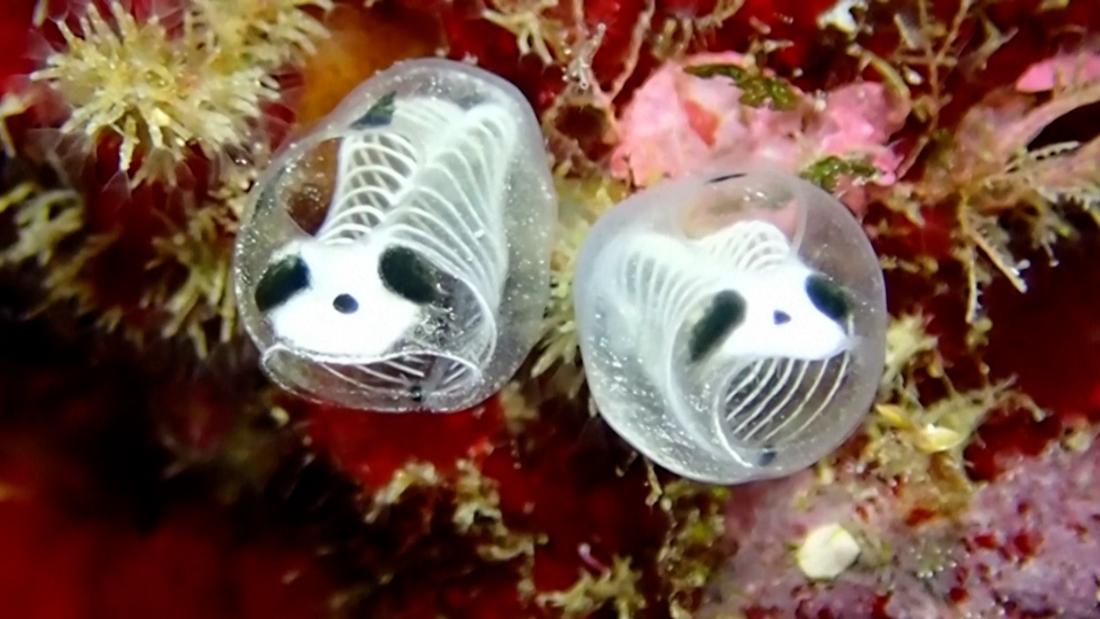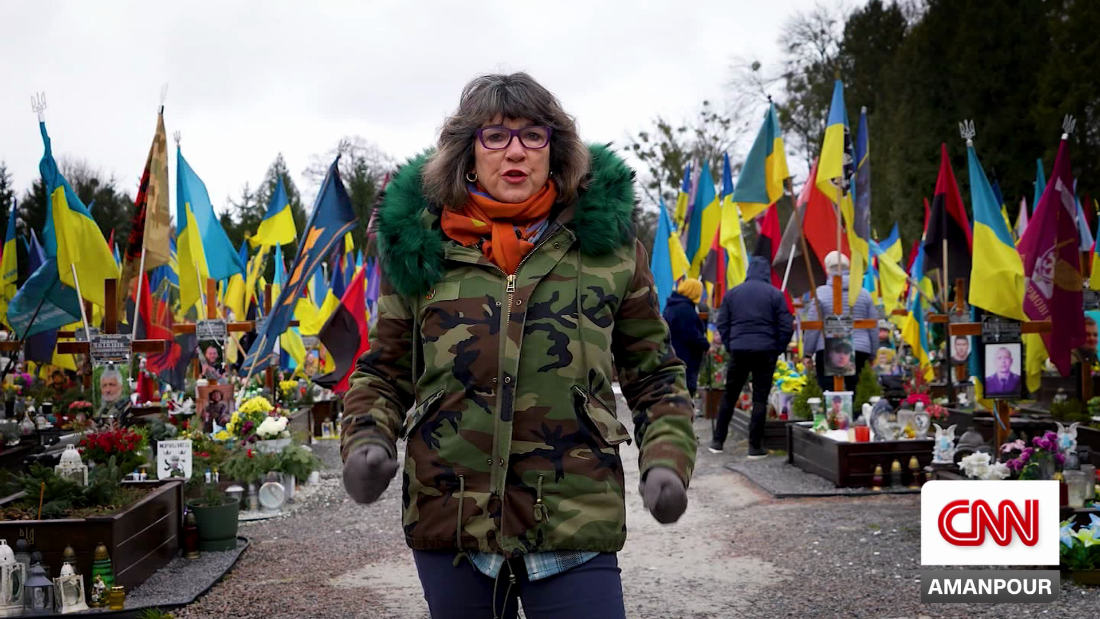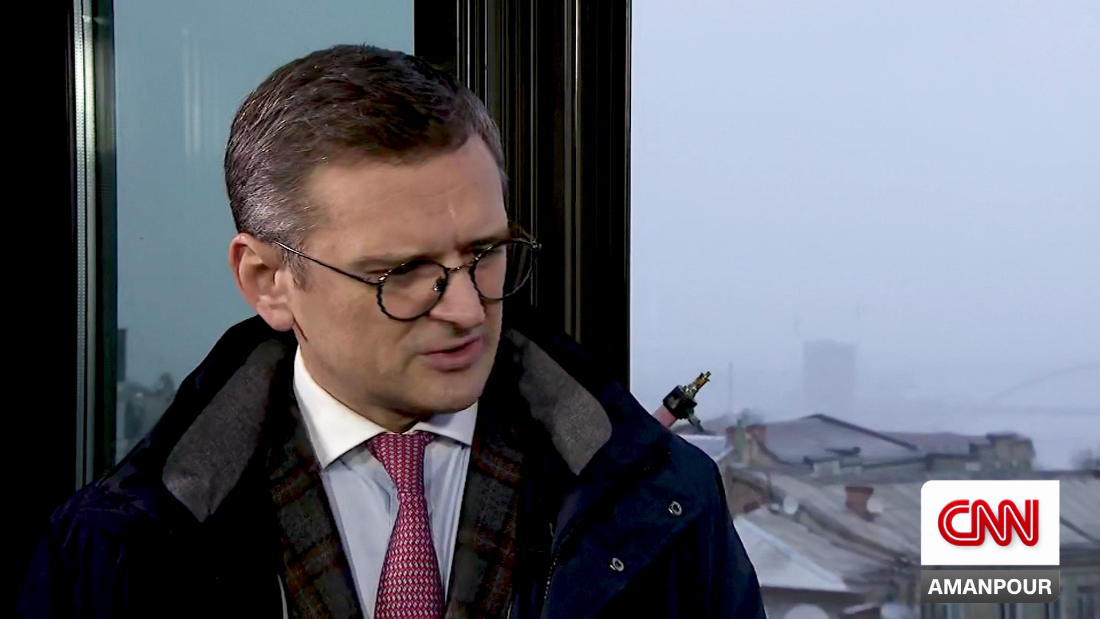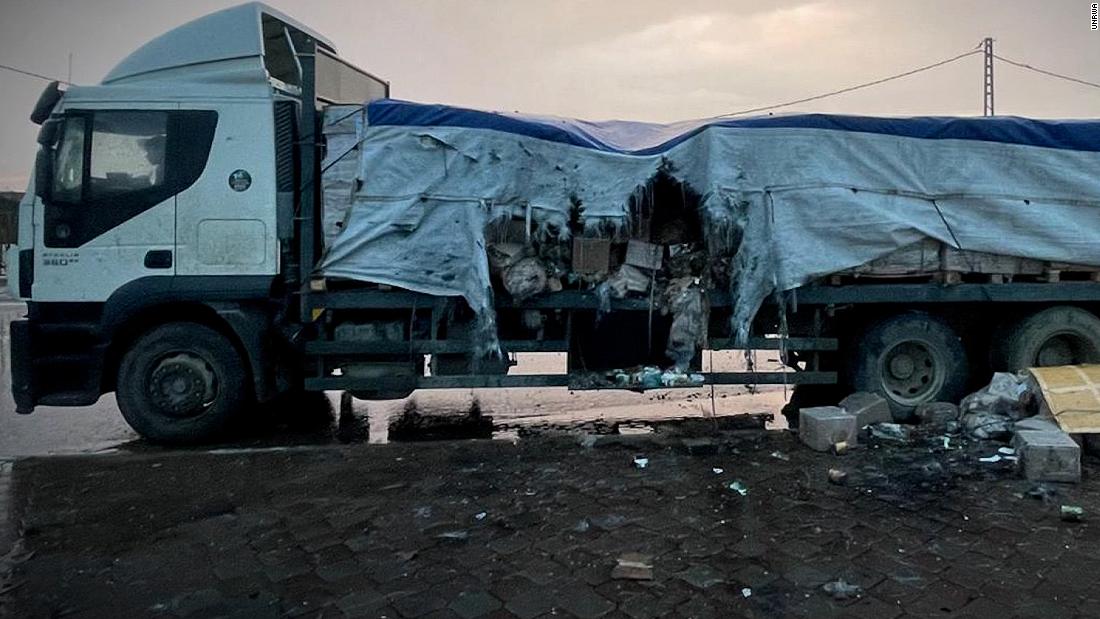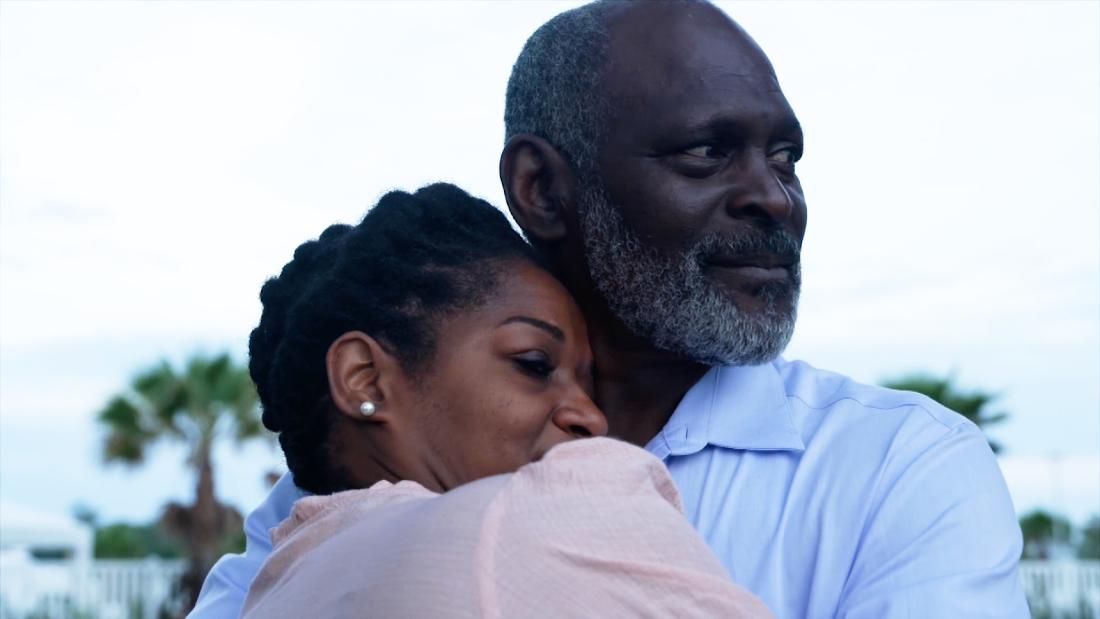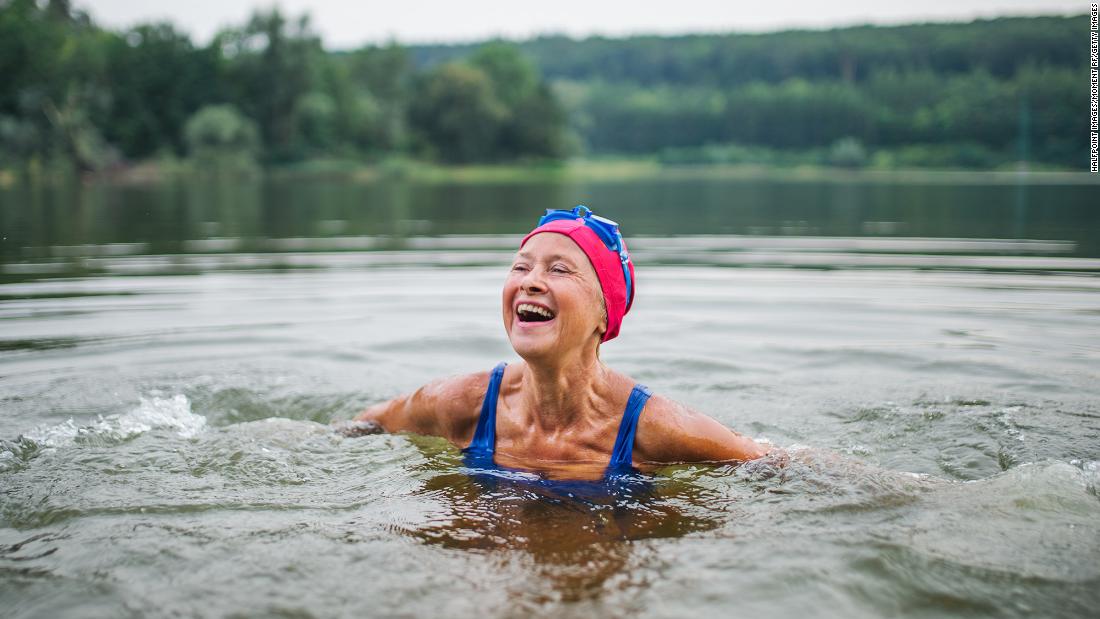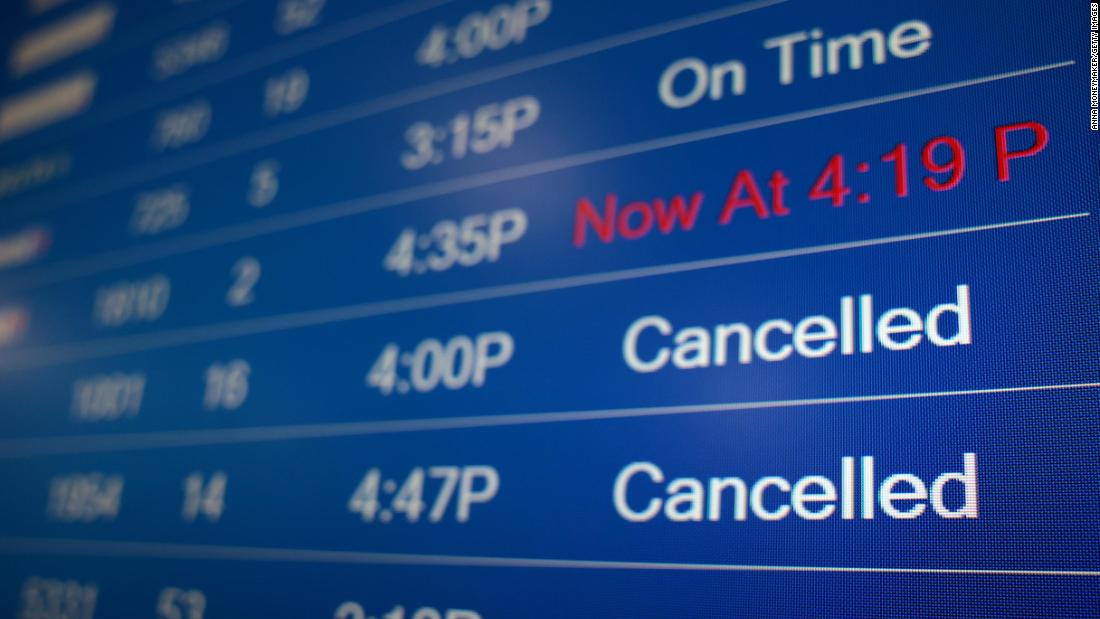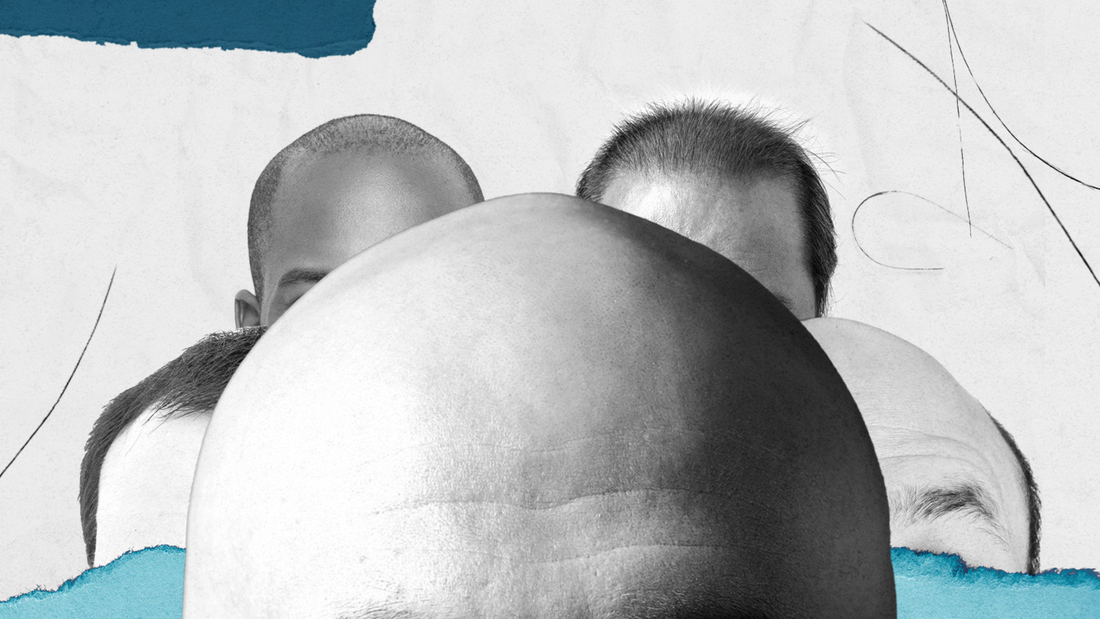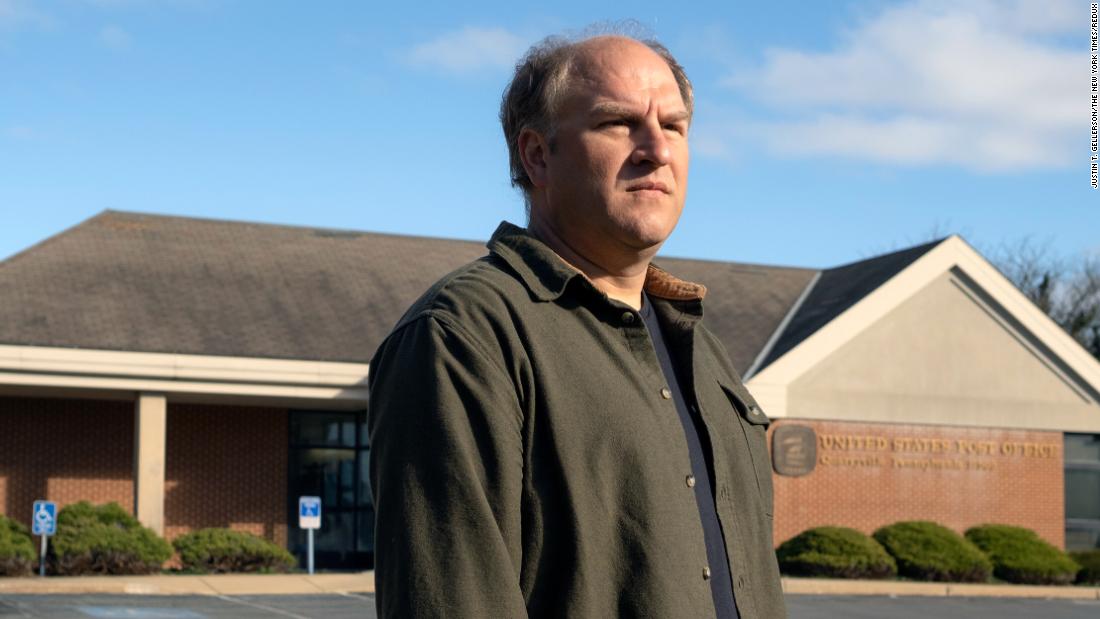A MUM of two has shared inside insight on what it’s like to live on the world’s most desolate island – and there are some surprising perks.
Kelly Green lives on Tristan da Cunha – located midway between southern Africa and South America – with her partner and two young children.
PATristan da Cunha is thousands of miles away from civilisation[/caption]
GettyOn the worlds most remote island each resident is assigned two sheep each[/caption]
Kelly moved to the island after living in England, and met her husband after he unloaded her luggage from the ship when she arrived.
She is head of tourism on the Island and regularly shares snapshots of island life with her 11,000 TikTok followers.
The videos include footage of a helicopter transporting materials across the island and of curious sheep wandering through Kelly’s home.
In another clip the mum explained that despite there being limited internet, no phone network and residents needing to order Christmas presents half a year in advance – it’s not all bad.
Each of the 242 islanders are treated to two sheep per person and one cow per family, and according to Kelly this means “The islanders are very self-sufficient.”
There is also an opportunity for romance between residents as although some of the inhabitants are related and there is a “large variety of people” who live on the island.
This means intermarriage and having children hasn’t been a problem for the gene pool, according to a resident named Iris.
All permanent inhabitants on the island have one of a list of only nine surnames due to the small population.
Tristan da Cunha is a group of volcanic islands in the South Atlantic Ocean, and it’s the most isolated inhabited group of islands on the planet.
It’s 1,514 miles away from the civilisation of Saint Helena and from the United States, the most feasible route there involves a 15-hour flight to Cape Town followed by a six-day boat ride.
The Island terrain is too rocky for an airstrip, making the area only accessible by sea.
Planning ahead is key as only nine boat visits are made to the island each year – which means residents must be organised to avoid having to go long periods without certain items.
According to a Map Nerd video, inhabitants speak a dialect of English that is used by the fewest number of people in the world.
Information, along with the pace of life, travels at a leisurely speed on the island.
Farming is a communal and daily activity for all villagers and live television and news wasn’t available to them until 2001.
Kelly said COVID-19 has never managed to reach the island, and a close record is kept of who comes and goes, with the website being updated each time a ship arrives or leaves.
There is no newspaper on Tristan da Cunha and Conrad Glass, inspector of police, told Today: “There is local gossip which is much faster than the internet, but not always as accurate”.
He added: “The island has two churches and one medical facility with a couple of permanent physicians and a visiting dentist”.
According to the island’s website, priests and some more specialised medical professionals may only visit for a few weeks or months at a time.
Conrad said: “When there’s a landslide, an earthquake or, heaven forbid, a volcano, there will be a gong rung to inform the heads of each family.
“We do have emergency supplies and emergency buildings.”
Kelly moved from the UK and now lives on the island with her husband and two children
AlamyThe island has one medical facility and one permanent physician[/caption] Published: [#item_custom_pubDate]



















